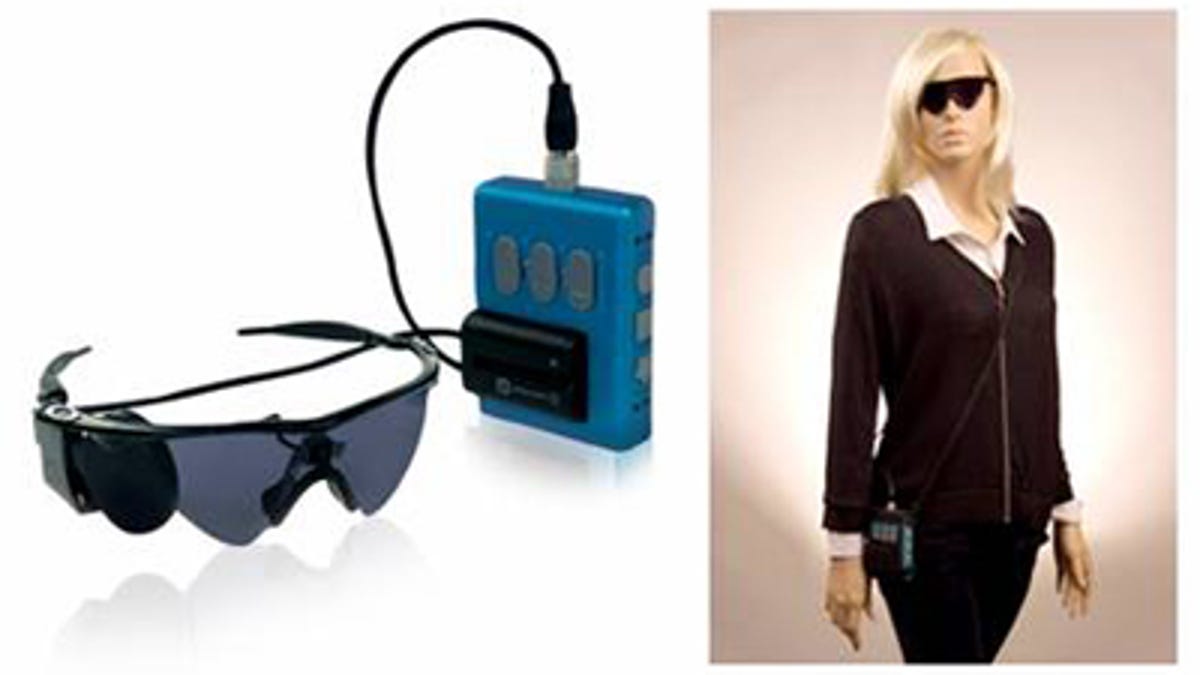FDA approves bionic eye for adults with rare genetic disease
The Argus II Retinal Prosthesis System includes an eyeglass-mounted camera, a portable video processing unit, and an array of electrodes implanted onto the retina to allow the patient to detect light and dark.

For most of us, light-sensitive cells that line our retinas convert light rays into electrical impulses that travel through the optic nerve to the brain to be assembled into images. But for an estimated 1 in 4,000 people in the U.S. with a genetic condition called retinitis pigmentosa, or RP, those cells are damaged, which most commonly impairs vision at night. What's more, treatment to prevent eventual (if unlikely) total blindness remains elusive.
Enter the Argus II Retinal Prosthesis System, which the FDA approved today to treat a very specific population: adults 25 and older with severe to profound RP who have bare or no light perception in both eyes but inner layer retinal function and a history of the ability to see forms.
Though the bionic eye doesn't restore vision to these patients, it could allow them to detect light and dark, which in turn could help them identify the movement or location of objects.
"This new surgically implanted assistive device provides an option for patients who have lost their sight to RP, for whom there have been no FDA-approved treatments," Jeffrey Shuren, M.D., director of the FDA's Center for Devices and Radiological Health, said in a news release. "The device may help adults with RP who have lost the ability to perceive shapes and movement to be more mobile and to perform day-to-day activities."
The system works via an array of electrodes implanted onto the retina, which transform images transmitted wirelessly from an eyeglass-mounted video camera into electrical impulses that stimulate the retina to produce images.
The FDA says it reviewed data from a clinical study of 30 patients with RP who were equipped with the Argus II and monitored for at least two years after receiving the implant.
After implant surgery, 19 of the 30 participants reported no adverse events related to the surgery or device, while 11 reported a total of 23 adverse events, including inflammation, retinal detachment, and the opening of a wound along the surgical suture.
The FDA is categorizing the system as a humanitarian use device, meaning there is a "reasonable assurance" that the device is safe and its "probable benefit outweighs the risk of illness or injury."
Most participants reported that they were able to perform basic activities better with the Argus II than without it, ranging from detecting the direction of a motion, detecting street curbs, walking on a sidwalk without stepping off, and matching black, gray, and white socks.
Three government organizations -- the Department of Energy, the National Eye Institute at the National Institutes of Health, and the National Science Foundation -- provided grant funding of more than $100 million as well as other basic research for the project.

